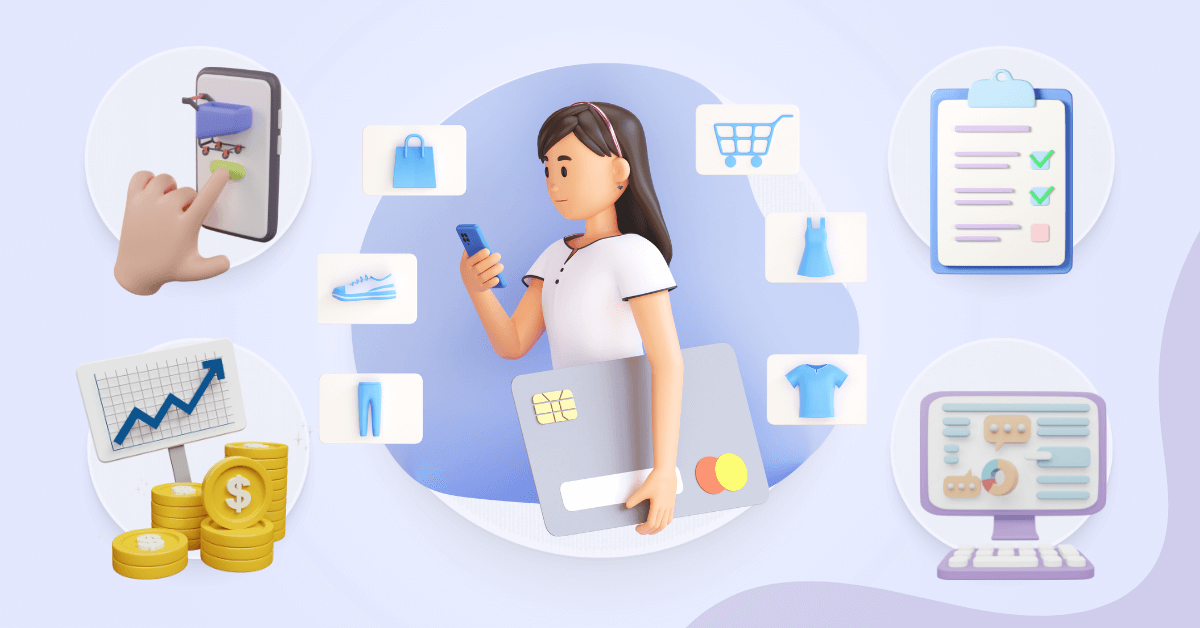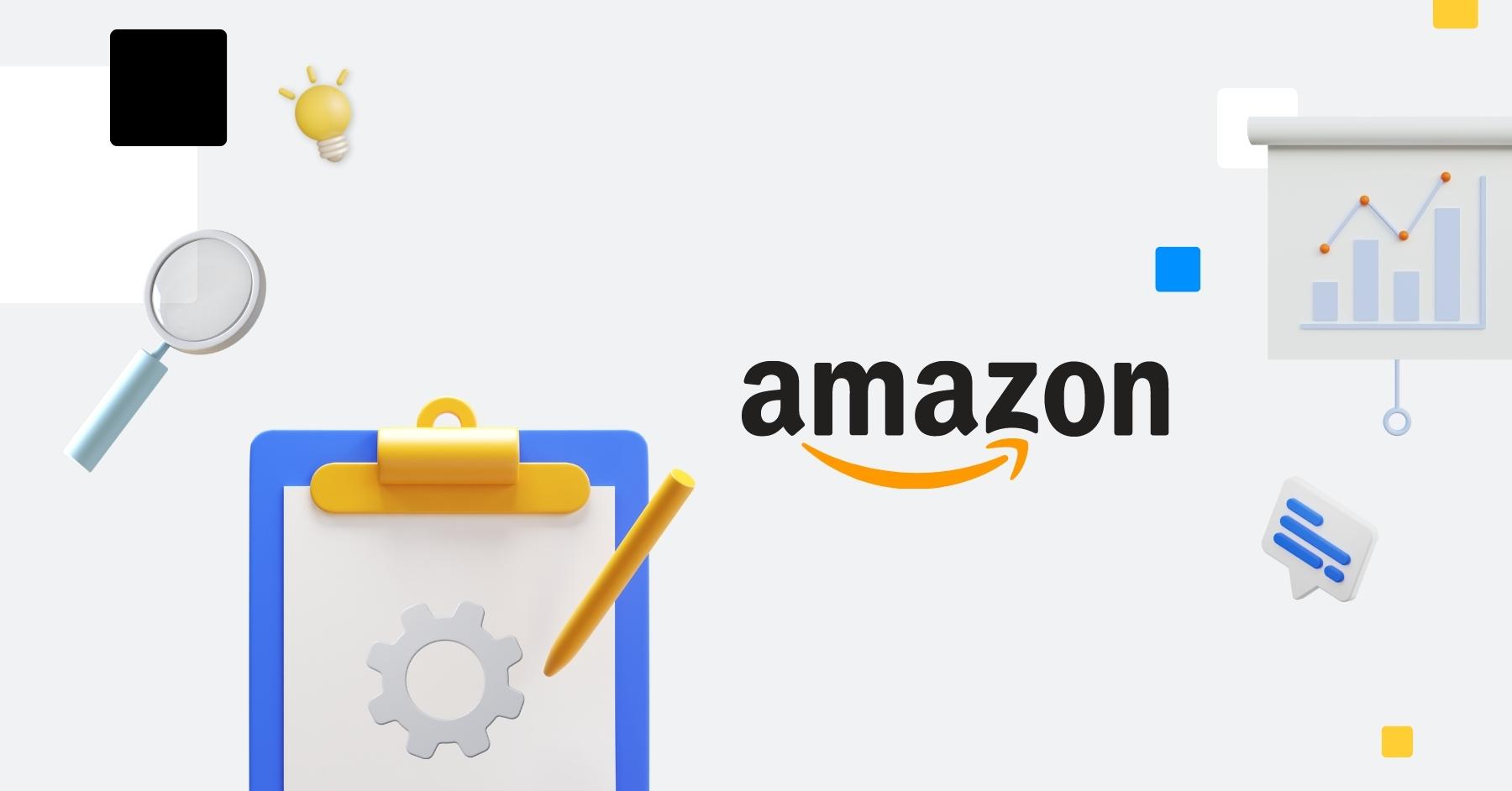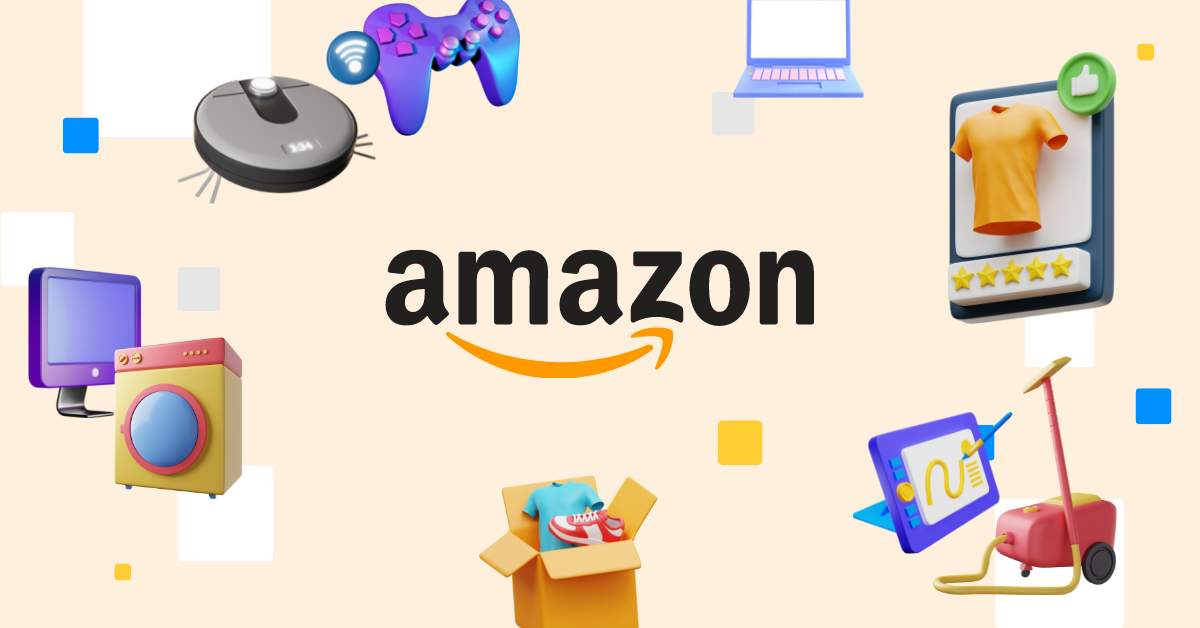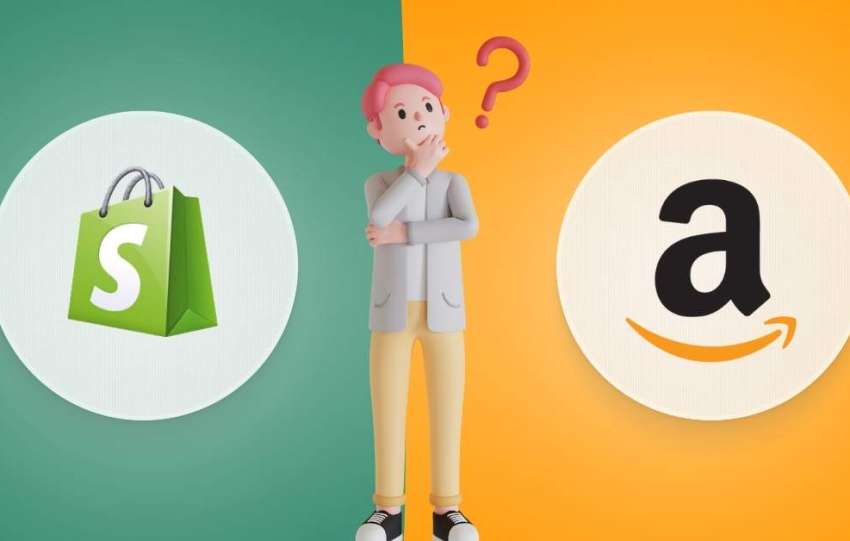Share This Article
In this article, we explain everything you need to know about D2C.
What D2C is, how it works, examples of companies that use it and why you should consider joining this trend.
Indeed: We are mainly going to look at D2C focussed on ecommerce. Because, if there is one thing we know about here at BigBuy, it’s online selling.
Let’s get started.
What is D2C (Direct-to-Consumer)?
D2C, also known as DTC (Direct-to-Consumer), is a sales model in which a brand or manufacturer sells their products directly to the consumer without intermediaries or distributors of any kind.
To clear up the confusion over the acronyms: In most cases, D2C is the equivalent of B2C (Business-to-Consumer sales). Brands that used to sell to an intermediary (B2B), “skip” this intermediary and sell to the end customer.
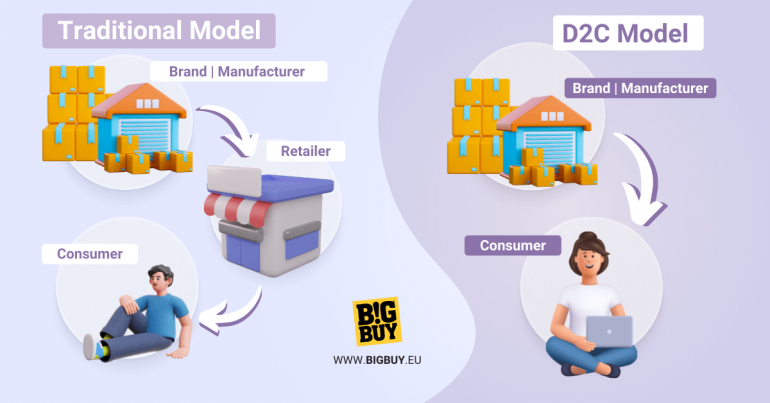
How D2C came about
D2C sales already existed before the pandemic, but it was in 2020 that online D2C sales skyrocketed.
From 2019 to 2022, the percentage of consumers that bought directly from the brand (and not an intermediary) grew from 49% to 64%.
Why?
Because, with the lockdown, sales through ecommerce grew exponentially. Brands, faced with the closure of the traditional channels through which they sold their products, were forced to speed up direct sales.
But let’s look a little further back.
Digitally-Native Vertical Brands (DNVB) are dedicated to the sale of one product category.
Why are we talking about them in this article?
Because their growth (and subsequent boom) is closely related to the boom in direct-to-consumer sales.
We are talking about brands like Dollar Shave Club in the United States, Hawkers in Spain, Shanty Biscuits in France. There are hundreds of examples.
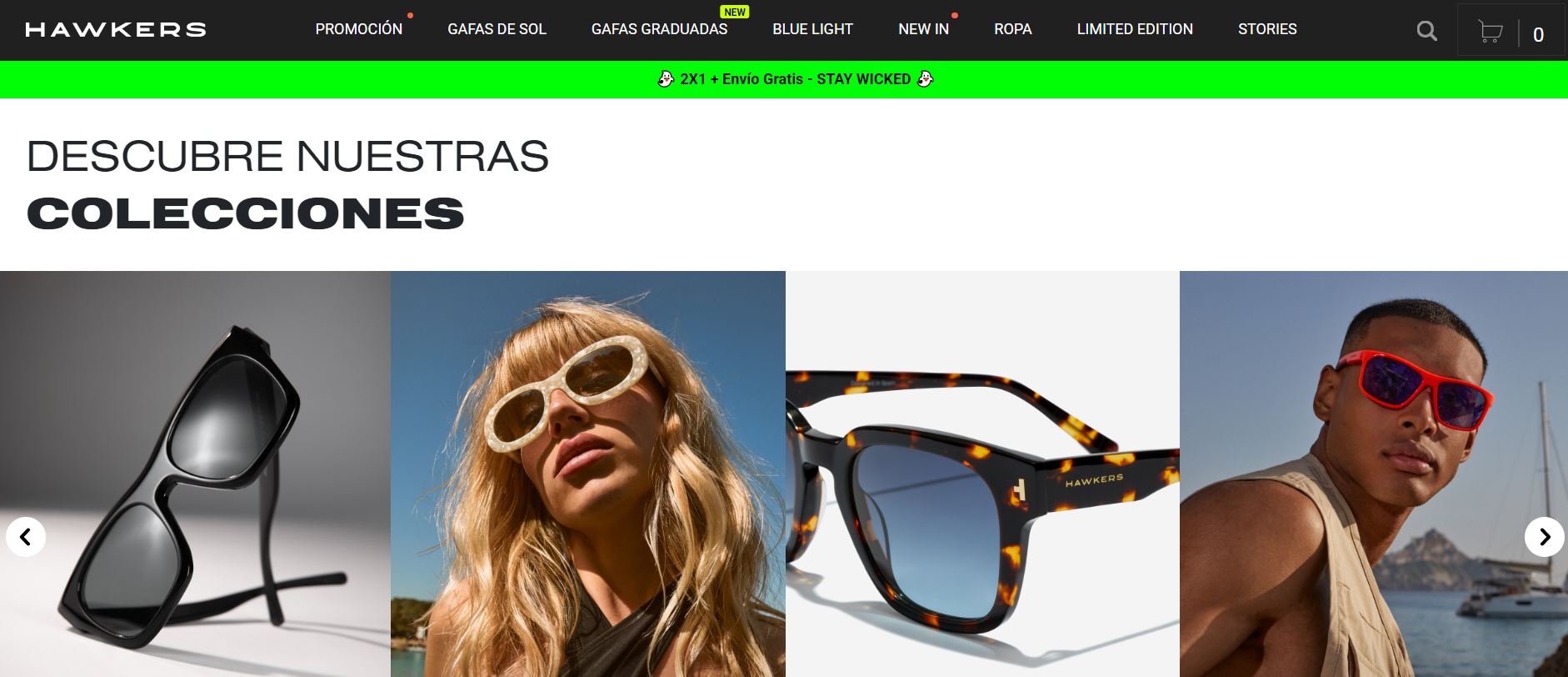
From 2010, with the “democratisation” of ecommerce, an increasing number of brands emerged that decided to specialise in a very specific product category (glasses, mattresses, confectionery…) and sell directly to the end consumer.
These businesses knew their product and sector extremely well and, thanks to their command of online advertising channels (especially on social networks), they knew how to build a very close relationship with their consumers.
They had (and still have) complete control over the customer experience. They only sell through their ecommerce, and avoid having to rely on third parties (including Amazon).
And some did it so well that they started to gain ground on the big brands.
In this battle of David and Goliath, Goliath had two choices:
- Buy these businesses: Get rid of the competitor and access all of their data, like Gillette did with the shaving products brand, Dollar Shave Club.
- Develop their own D2C strategy
Focussing on buying any company that represents a threat is an option, but not in the long term. That’s why many companies opted to define a direct sales strategy.
With the arrival of the pandemic, some (such as Nike) had already developed this model. Others (the majority) still had a long way to go.
The advantages of a D2C model
A D2C model has many advantages for brands or manufacturers.
- Higher margins, as they don’t need to pay an intermediary.
- Control of the complete consumer experience
- Increased customer loyalty and strengthening of the brand
- Collection of first-party-data: Data collection is key. By selling directly, you have access to much more information about your customers, about shopping preferences, leading products.
- Better time-to-market: By controlling the distribution, it is easier to start selling a product or to make changes.
Examples of D2C companies (to inspire you)
Let’s look at some examples of D2C companies that have been able to make the most of this model of selling directly to the consumer.
They are very diverse, but they all stand out for three reasons:
- Comprehensive knowledge of the target sector and consumer.
- Meticulous communication and marketing campaigns.
- An excellent shopping and after-sales experience.
Nike

Nike was one of the few established brands that were able to launch its D2C sales model in time. In 2017, it launched a project called “Consumer Direct Offense”, a global strategy that aimed to boost its direct sales to the consumer via ecommerce.
And boy did it achieve it!
It strengthened its digital channels. Sales were so high that, in 2019 it decided to stop selling on Amazon.
At the end of 2021, its direct-to-consumer sales had grown by over 500% with a turnover of 16 billion dollars.
Freshly Cosmetics
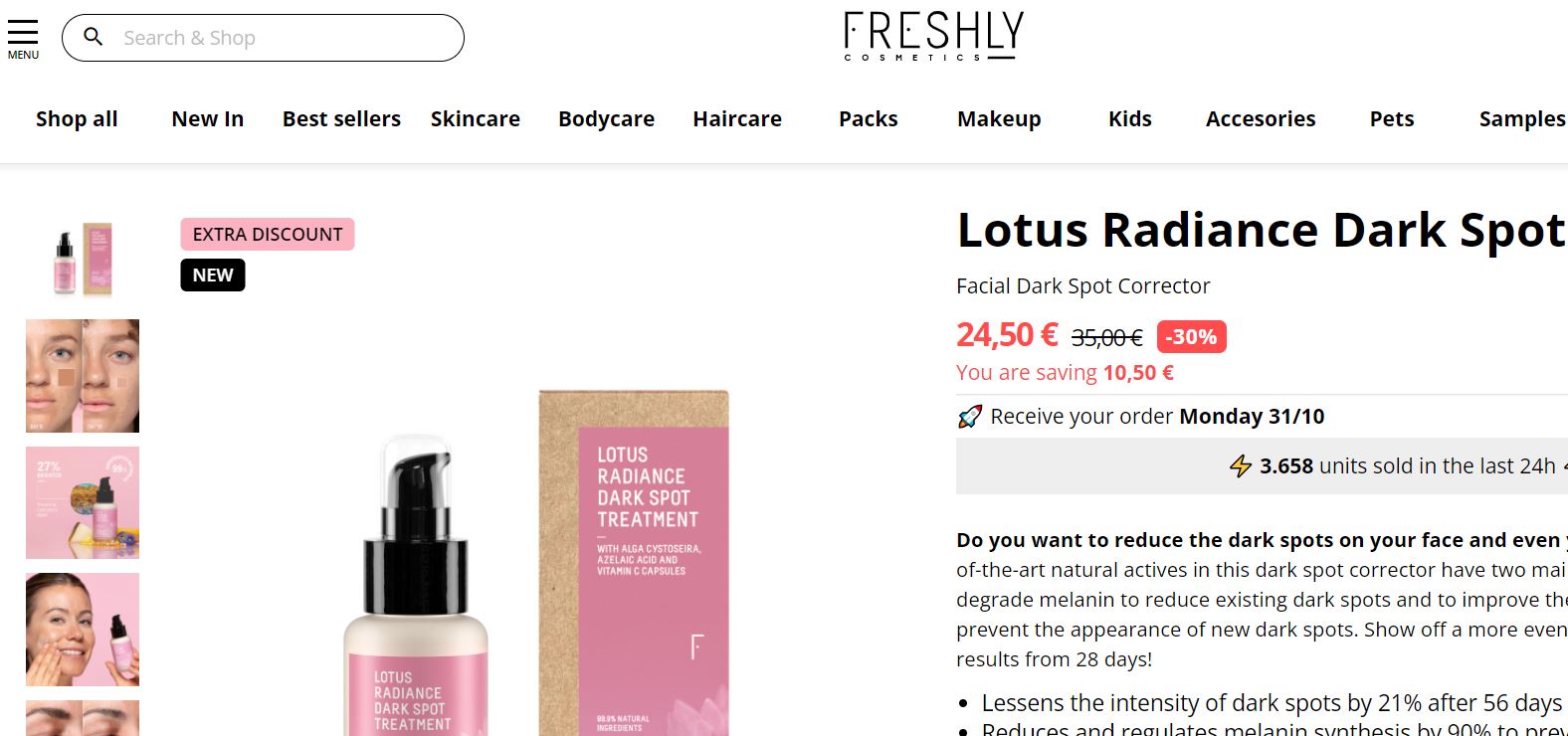
Let’s move on from Nike and look at a smaller company: Freshly Cosmetics.
Freshly is a brand of natural and sustainable beauty products. It was founded in 2016 with its own electronic commerce, but nowadays it also has its own physical stores.
It has based its growth on a fantastic command of social networks, where it has an enormous community.
Saveur Bière
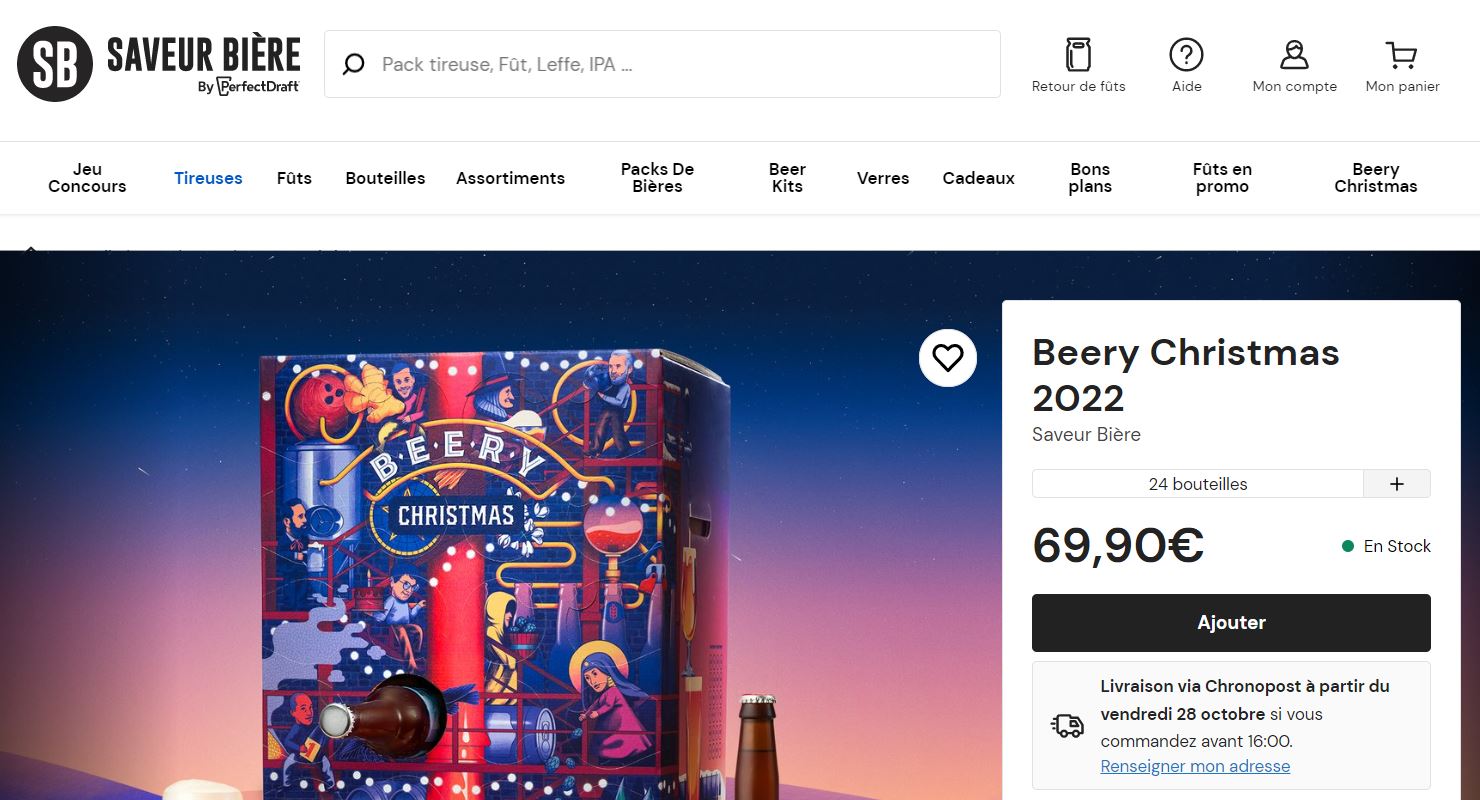
A French brand that was founded in 2007 and is dedicated to selling beer.
As with most successful D2C brands, it has been able to base its growth on well-thought-out marketing campaigns.
Like this beer advent calendar.
Happy Socks
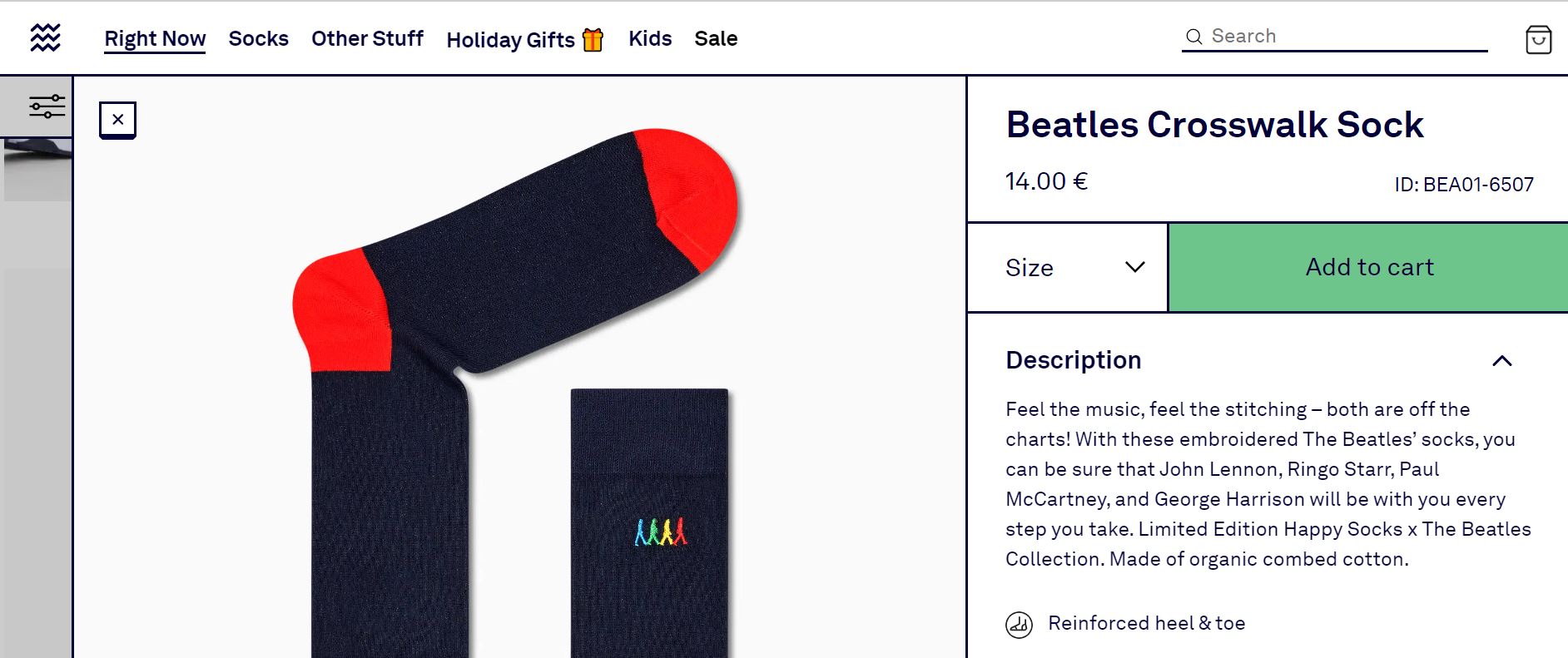
We have already said that D2C businesses usually focus on one product category.
Is there anything more specific than Happy Socks?
This Swedish brand launched onto the market in 2008 selling nothing but socks. Later on, it added swimwear.
In addition to its online store, it has gradually introduced physical stores, with hundreds of its own stores in the world’s major cities.
Happy Socks has based its strategy on meticulous design, as well as collaborations with celebrities. It has some great marketing campaigns that you can take inspiration from, such as the men’s swimwear promotion with David Hasselhoff or the Happy Socks that celebrate the 50th
anniversary of the Yellow Submarine by The Beatles.
The challenges of a D2C business model
For traditional brands that have based their growth on a sales strategy using third parties, D2C can be daunting.
Otherwise, the pandemic wouldn’t have been so challenging for so many companies that suddenly saw their sales plummet and didn’t have the infrastructure to sell directly through ecommerce.
Let’s analyse the challenges of a D2C model.
We’ll also tell you how we help you to tackle them here at BigBuy.
Catalogue synchronisation with marketplaces
On a technical level, D2C poses many difficulties.
One of the most important aspects is the technical side of things.
Beyond the usual technical requirements involved in setting up an ecommerce, there is an aspect that goes a step further: synchronising your catalogue with marketplaces.
Many brands that want to sell using direct selling want to sell on marketplaces like Amazon.
(Because not all companies can afford to do what Nike did and break away from their collaboration with this platform).
But, in doing so, they come across a problem: Product Information Management (PIM) and catalogue mapping.
In order to be able to synchronise your catalogue to a marketplace’s catalogue, you have to “map” each one of your categories, attribute groups, attributes and values.
We are talking about thousands or hundreds of thousands of elements that you have to review for the marketplace to allow you to publish your products.
If you want to sell on several marketplaces, multiply this task by the number of marketplaces.
If, in addition, you have to translate your content into several languages, it all becomes even more complicated.
How does BigBuy help you?
Here at BigBuy, we have technology that enables you to synchronise your catalogue with more than 200 European marketplaces.
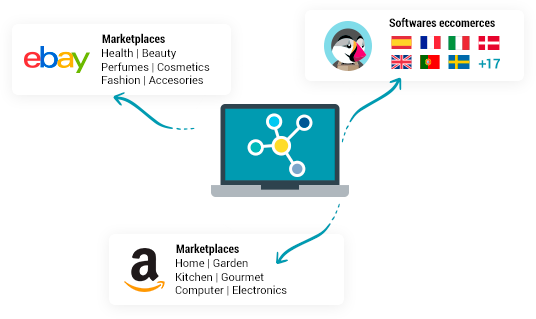
And how does it work?
- You “map” your catalogue once, so it meets the requirements of BigBuy’s PIM software.
- Once the mapping is complete, you can start selling on multiple marketplaces in different countries, in less than 24 hours.
- All your listings will be optimised on each sales channel without having to do any more mapping.
However! We always recommend starting out gradually. First, launch to one marketplace and, gradually, open up others.
Why?
Because you risk not being able to cope with the sales. It is better to start slowly and make sure you are able to provide your customers with good service.
Centralised management of the inventory
A problem for many brands is inventory management.
Let’s imagine you sell in four marketplaces: Amazon Spain, Amazon France, ePrice and Carrefour.
You have also set up your own ecommerce on Shopify.
If you sell the last unit of a product in Carrefour, all the other channels should stop showing this product as available. In real-time.
How BigBuy helps you
We give you access to an online tool that enables you to manage your inventory from a single platform.
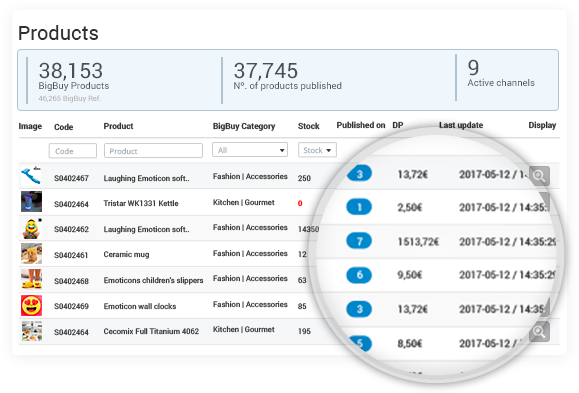
It also guarantees that all your sales channels will display up-to-date information.
You can establish pricing strategies per channel, view the stock for each product and make sure that all your channels are updated and there are no cancellations or problems.
You can also view the status of all your orders in real time.
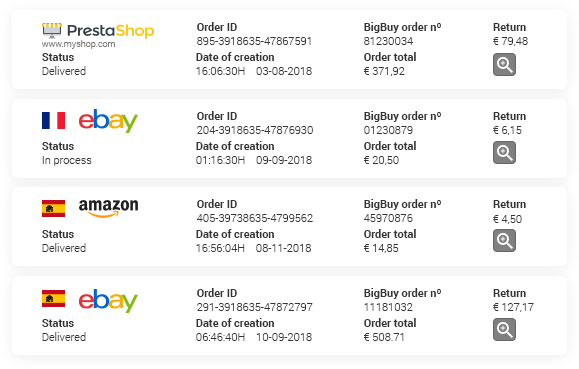
Handling shipping and returns
By shopping online, the level of consumer demand when it comes to logistics is extremely high.
For brands, the end-to-end management of logistics can be too big a challenge.
You will have to make sure that the packaging is correct (to prevent breakages), that they are dispatched on time, that the price of shipping doesn’t eat into your profits, that the returns process works properly…
How BigBuy helps you
At BigBuy, we offer our Fulfilment by BigBuy service, where we take care of everything: we store your products, we prepare them and handle the shipping.
We have agreements with more than 50 international logistics operators, so you can always access the best shipping conditions.
Oh! And we also take care of the returns.
So you only need to worry about selling. We deal with all the rest.
Channel conflict
Last but not least.
By selling directly to the end consumer, you have to tackle potential conflicts with your current distribution network.
By becoming “competition” for your distributors, there are bound to be frictions or issues. This is particularly the case if you provide offers or promotions that your distributors can’t compete with.
This conflict is inevitable. It’s another step to deal with when defining a D2C model and each brand gets around it however they can.
How BigBuy helps you
If you decide to sell via a D2C business model, we can help you to deal with the conflict of channels.
How?
By helping you to control your pricing strategy at all times. On different channels.
With our online software, you can analyse shipping costs in real time, the commissions of each marketplace, the activity of the competition and taxes by country.
That way, you can set prices that are tailored to each channel and avoid losses.
The Future of Selling Directly to the Consumer
D2C is a trend that isn’t going to disappear.
In fact, it is highly likely that brands and manufacturers increasingly move towards this sales model, which allows them to have much better control over their sales and generate a higher margin.
And in all likelihood, they will do so using an omnichannel strategy, which includes their own ecommerce, selling on other online channels (mainly marketplaces) and physical stores to maintain direct contact with the customer.
Here at BigBuy, we provide solutions to these companies. We help them to sell on marketplaces in different countries, to manage challenges, whether logistical, technological, tax, and much more.





 Contact
Contact

